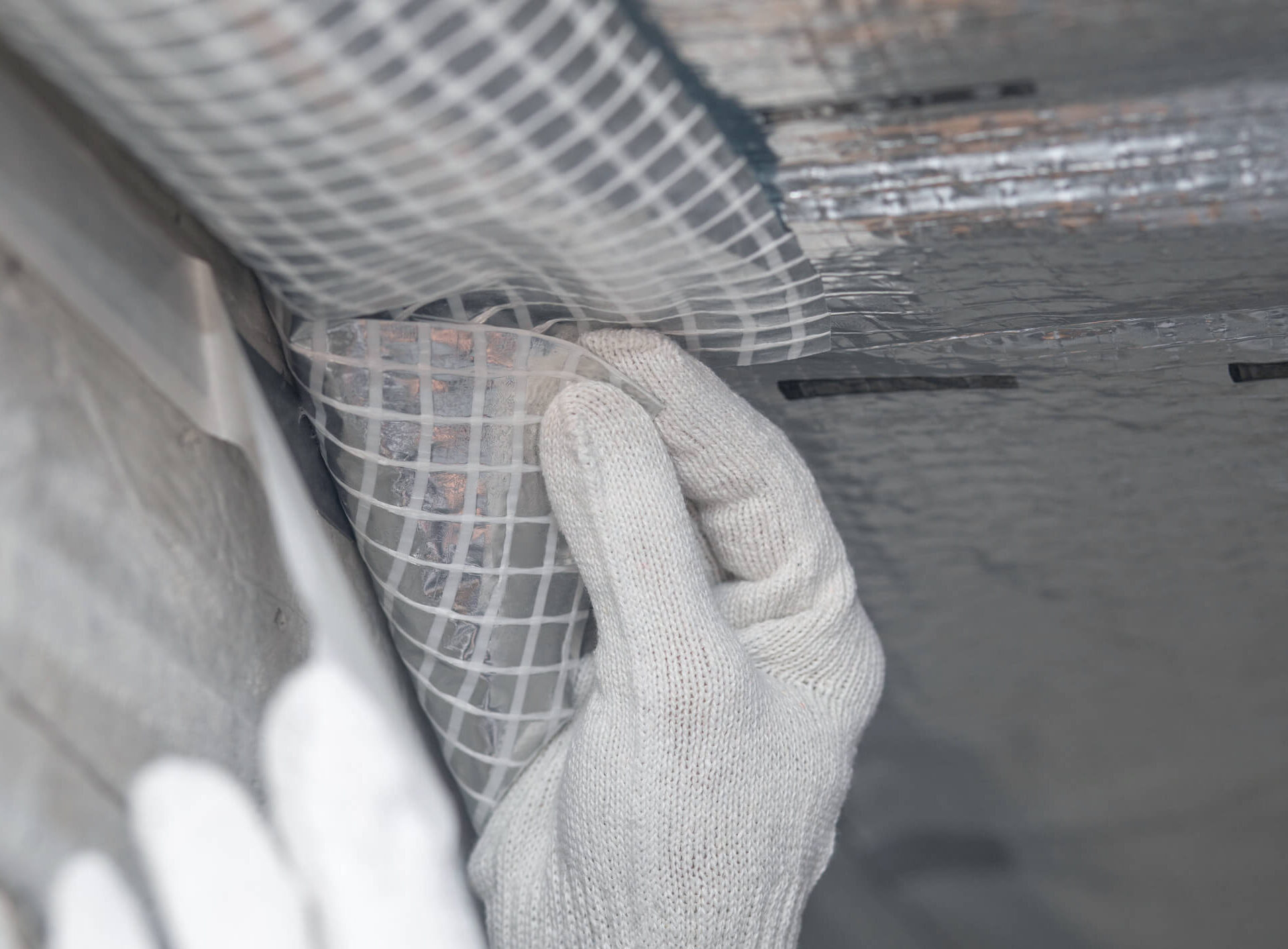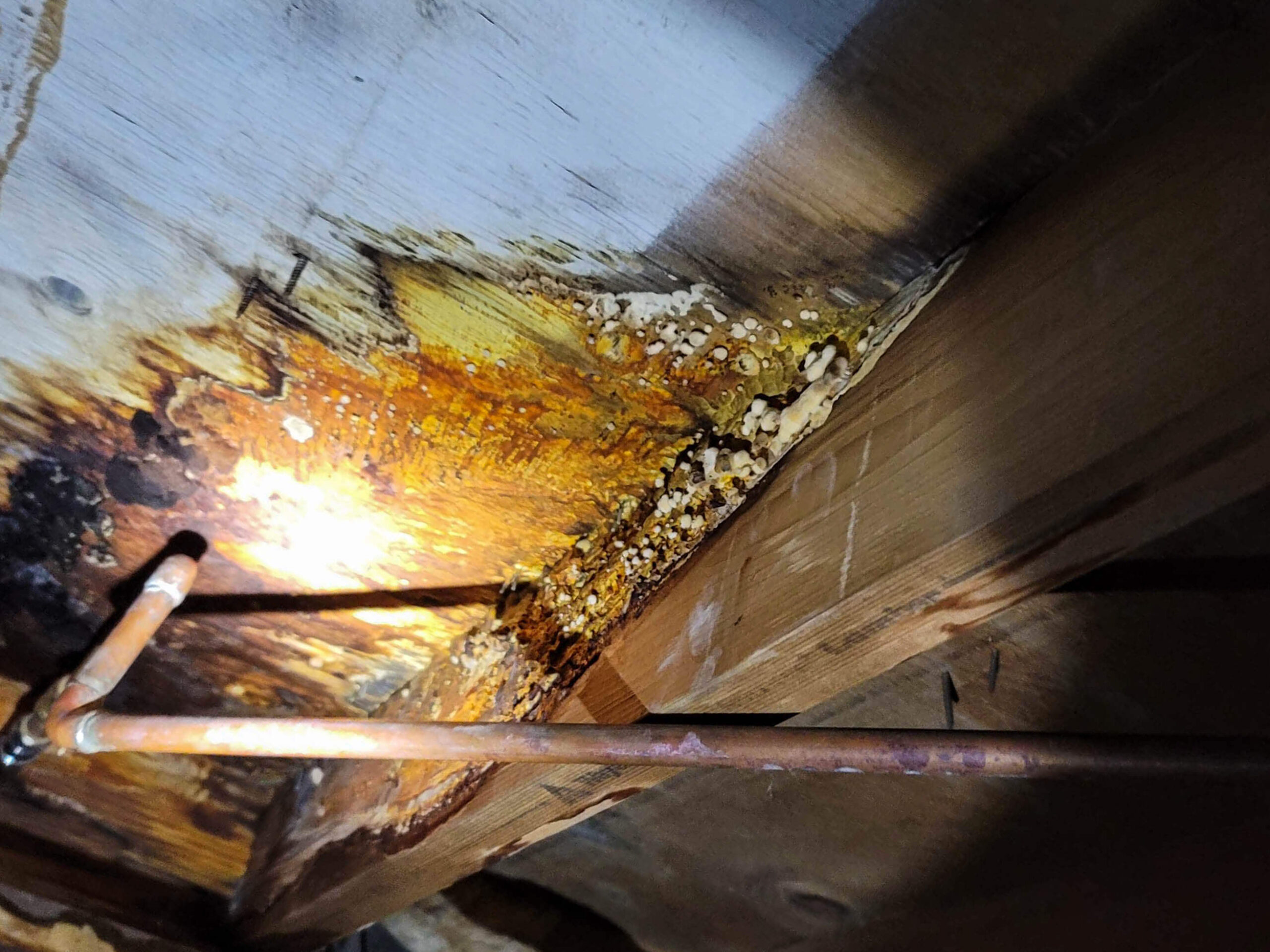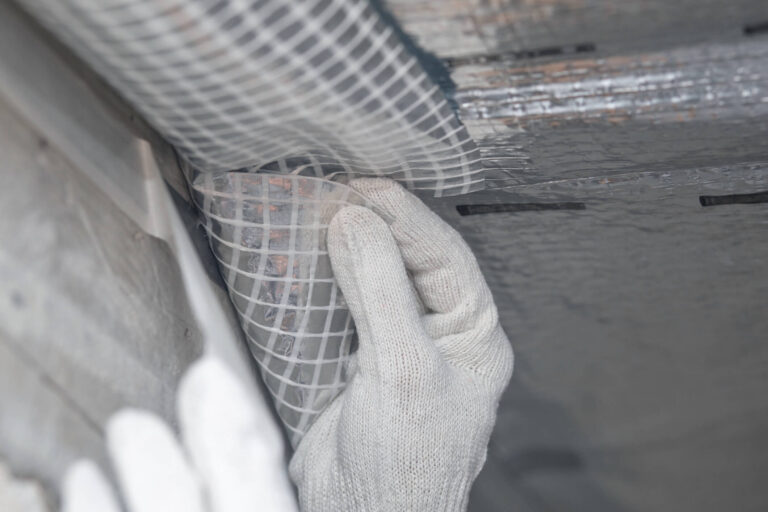
Vapor Barrier Installation
Helps block ground moisture and keep your crawl space dry.
What to Expect During Vapor Barrier Installation
We start by inspecting the crawl space to check for moisture levels, drainage problems, or signs of mold. Once the space is prepped and clear of debris, our team lays down a thick plastic barrier across the crawl space floor and may run it partway up the walls. The material is sealed and secured to create a tight layer that helps block ground moisture from rising into the air above.

How Vapor Barriers Help Protect the Home Above
Without a vapor barrier, moisture from the ground can seep into your crawl space and eventually affect your floors, walls, and air. A barrier helps reduce that humidity, which in turn may limit mold growth, wood damage, and musty smells inside your home. It also helps keep the crawl space more stable year-round by reducing swings in dampness and temperature.
Over time, this layer of protection can also extend the life of insulation, wiring, and HVAC components located beneath your home. For homeowners looking to reduce indoor humidity or prep their crawl space for encapsulation, installing a vapor barrier is a smart first step.
When a Vapor Barrier Might Make Sense for Your Crawl Space
Crawl spaces naturally sit in close contact with the ground, which means they absorb whatever moisture is present in the soil. Rain, poor grading, and warm air can all cause that dampness to rise into the crawl space over time. Without a barrier in place, that moisture has a direct path into your home’s structure.
Installing a vapor barrier gives that moisture a place to stop. It’s not about sealing off everything completely—it’s about reducing the daily exposure to damp conditions that can slowly affect your home’s condition. Our team focuses on simple solutions that offer long-term support for your crawl space.
Even if your crawl space looks dry most of the year, moisture can still build up during seasonal changes or after heavy rain. A vapor barrier adds a layer of protection before small issues become bigger problems.

Why Moisture Control Matters More Than You Might Think
Your crawl space might be out of sight, but what happens there doesn’t stay there. Ground moisture naturally moves upward through soil and concrete, carrying with it the potential for mold spores, wood decay, and that persistent musty smell that can work its way into your living areas. Without a barrier in place, your crawl space becomes a direct pathway for ground dampness to affect your home’s air, structure, and comfort levels.
Even homes that seem dry most of the time can still deal with seasonal moisture buildup or humidity spikes after storms. A vapor barrier creates a simple but effective stopping point for that moisture, helping protect the wooden supports, insulation, and mechanical systems that keep your home running smoothly. It’s not about creating a perfect seal—it’s about giving moisture a place to stop before it becomes a daily problem for everything above.
Frequently Asked Questions
What does a vapor barrier do?
It helps block moisture from the ground from entering your crawl space, reducing humidity, musty smells, and potential damage.
Is a vapor barrier the same as full encapsulation?
Not exactly. A vapor barrier covers the ground, while encapsulation often includes sealing walls, vents, and adding a dehumidifier. Both can work together.
How thick is the vapor barrier you use?
We use durable, heavy-duty materials designed for long-term performance. We’ll walk you through the options during inspection.
Can I add a vapor barrier to a crawl space that already has insulation?
Yes. In fact, combining both can help improve the effectiveness of each one.
How long does installation take?
Most vapor barriers can be installed in a day or two, depending on the size and condition of the crawl space.

Schedule Your Crawl Space Inspection Today
Notice signs of moisture, sagging floors, or musty smells? Let a professional take a closer look. We’ll assess the condition of your crawl space and talk through the next steps—no pressure, just honest answers.

